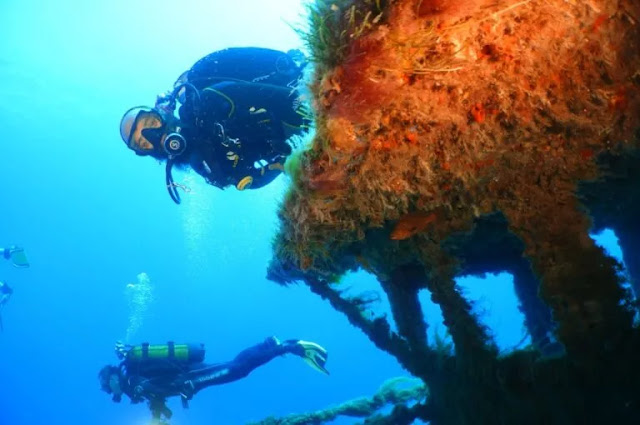Filenews 19 August 2023 - by Despina Psillou
Endless blue and absolute silence surround ancient and modern shipwrecks on the Cypriot seabed.
The eerie skeletons of ships have been integrated over time into the environment, acting as artificial reefs. A multitude of sponges, corals, bryozoans, shells, molluscs and fish have turned these wrecks into their homes. "It's a mysterious and magical world. There's always something new to see," says Louis Hajiioannou, research biologist and marine ecologist at the Cyprus Institute for the Sea and Shipping (CMMI).
As he underlines, there are plenty of shipwrecks and artificial reefs in the waters of Cyprus, some of which are famous around the world, with the Deputy Ministry of Tourism proceeding with actions and the creation of a strategy aimed at promoting Cyprus as a diving destination.
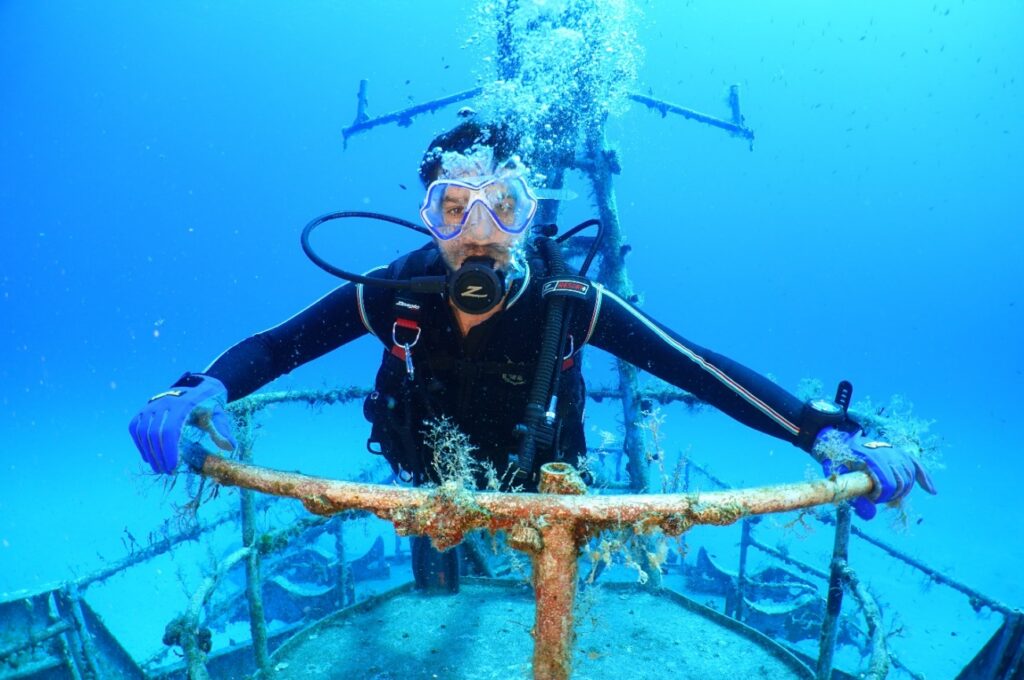
"On the coast of Cyprus there are several shipwrecks that create artificial reefs, which attract great biodiversity of marine life and at the same time offer particular interest for diving tourism. The most glaring example, which is visited by thousands of tourists every year from all over the world, is the internationally recognized shipwreck "Zenobia" located in Larnaka Bay. It is a very large ship, which needs several dives to explore", notes Mr. Hajiioannou and adds that "Zenobia" is located at an ideal depth, from 18 the shallowest part to 42 meters, which is the same as a recreational diver can visit. "It's a huge wreck. You can see it from the inside. To enter the halls, the restaurant," he said, stressing that a lot of attention, special training and equipment are needed.
Apart from "Zenobia", says Mr. Hajiioannou, there are many other shipwrecks that are suitable for diving. For example, the shipwrecks "Vera K", "Achilleas", "White Star" and "EDRO III" in Paphos and the shipwrecks "Alexandria" and "HMS Cricket" in Larnaka. "Apart from the ships that sank due to bad weather, human error or other factors, there are now several shipwrecks that were set up after coordinated efforts of the Department of Fisheries and Marine Research of the Ministry of Agriculture in collaboration with the Association of Cyprus Diving Centers with funding from the Cyprus Tourism Organisation, creating additional artificial reefs." Before sinking, he notes, boats go through preparation and remove toxic paint, oil, doors and more.
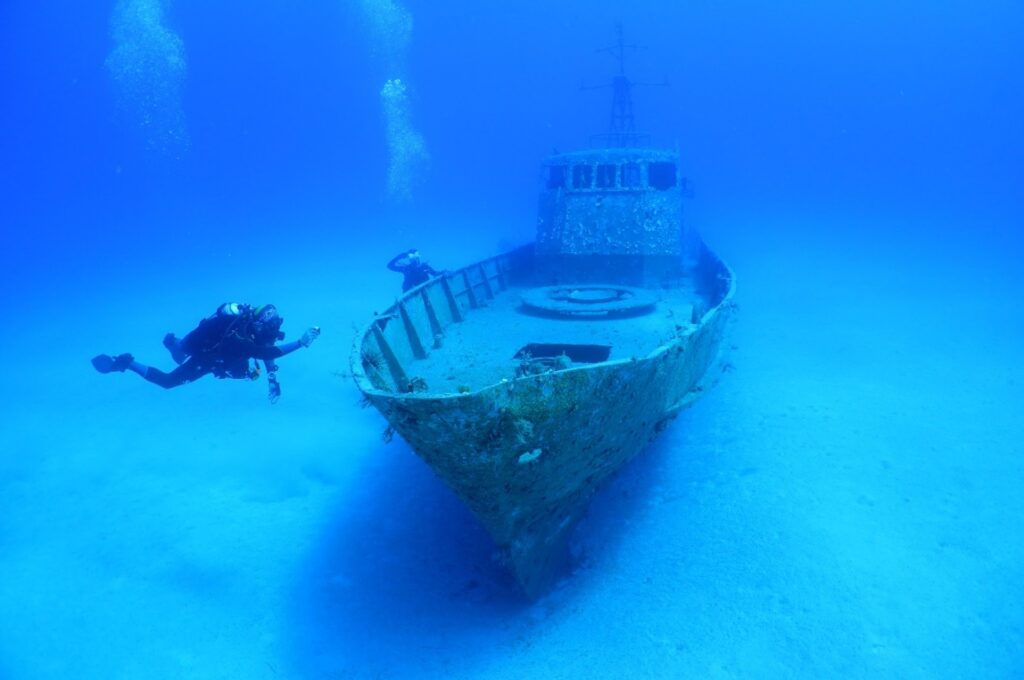
These shipwrecks include the "Liberty" and "Nemesis III" docked in Paralimni, the "Kerynia" in Ayia Napa, the "Elpida" and "LEF1" in Larnaka, the "Lady Thetis" and "Constantis" in Dasoudi, Limassol and the "Laboe" in Geroskipou. "In some of these marine protected areas, they have also gone ahead with the laying of other special structures, such as pyramids made of cement blocks," he said.
Similar use and diving value, says the researcher, has the underwater sculpture museum MUSAN in Ayia Napa, "which is considered unique in its kind and consists of 93 sculptures. It is dumped very close to the shore, at depths of less than 10 meters."
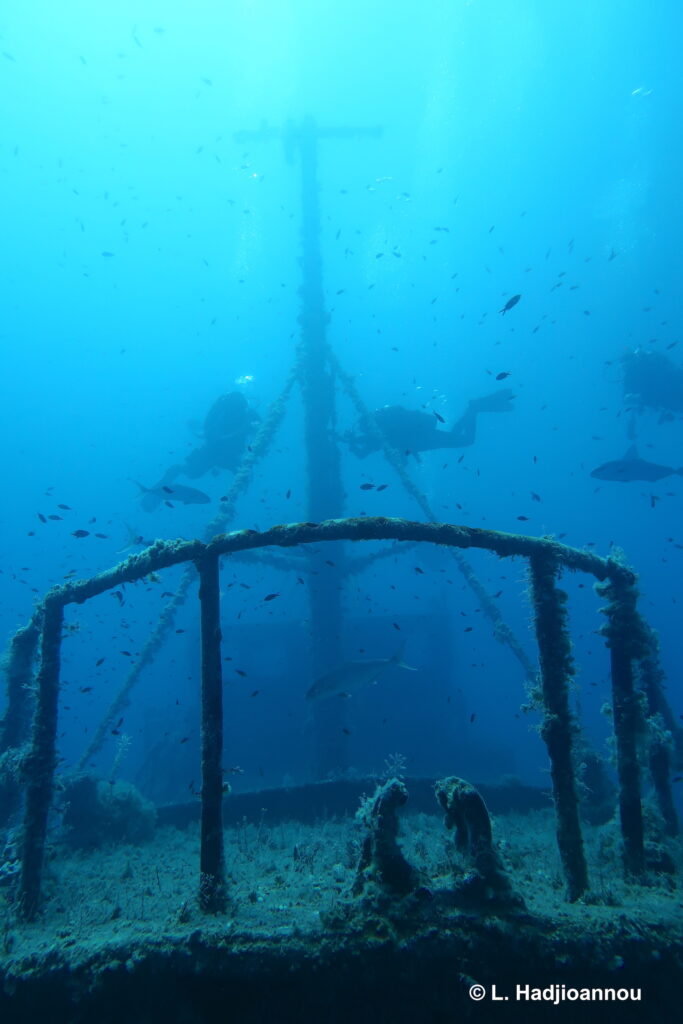
At the same time, Mr. Hajiioannou notes, efforts are being made by the Cyprus Institute for the Sea and Shipping (CMMI) to create new, technologically advanced artificial reefs that will have the potential to enrich marine life even more effectively and will help further develop diving tourism. "The plethora of shipwrecks and artificial reefs in the waters of Cyprus, combined with the dozens of other natural diving spots, offer ample diving options for inexperienced divers."
The Deputy Ministry of Tourism in recent years has intensified efforts to promote diving tourism in Cyprus through various actions. "Among them is a large study, which will contribute to the elaboration of a Promotion Strategy for diving tourism."
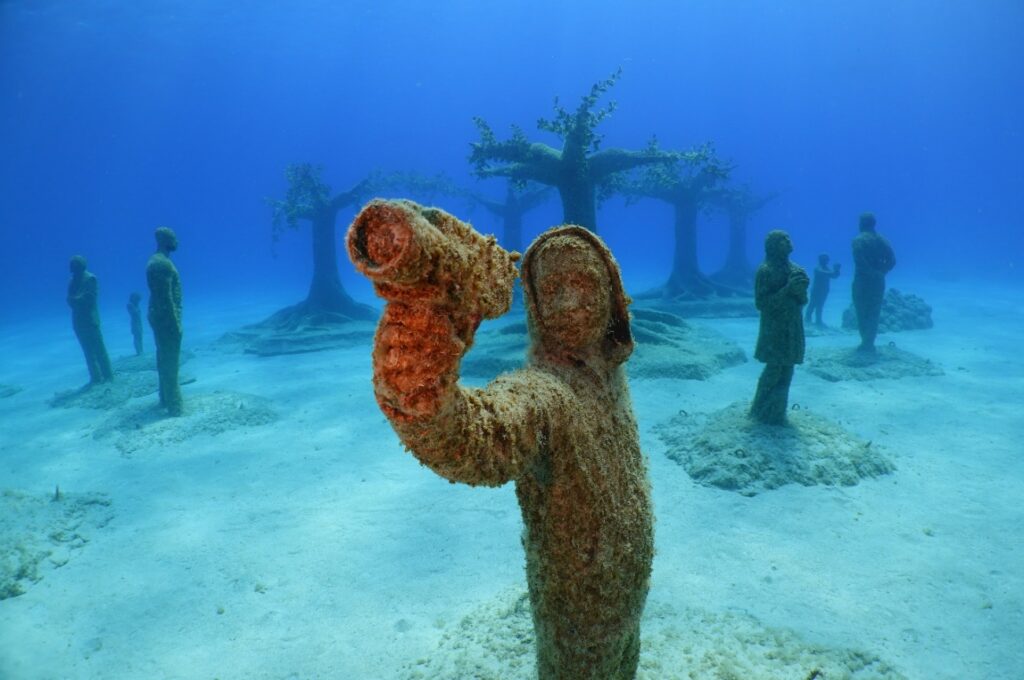
Shipwrecks of archaeological interest
"There are ancient shipwrecks in almost all provinces," Anna Demetriou, PhD in maritime archaeology and CMMI researcher, told F. These are divided into three categories: a) ships, where there are at least ten recorded ancient shipwrecks, b) ancient ports, which are found in Limassol and Paphos and c) ancient anchorages.
In Cyprus, as of June 2022 and based on legislation of 2016 that allows public access to marine archaeological sites, the first archaeological park was created in the Hellenistic port of Amathus.
